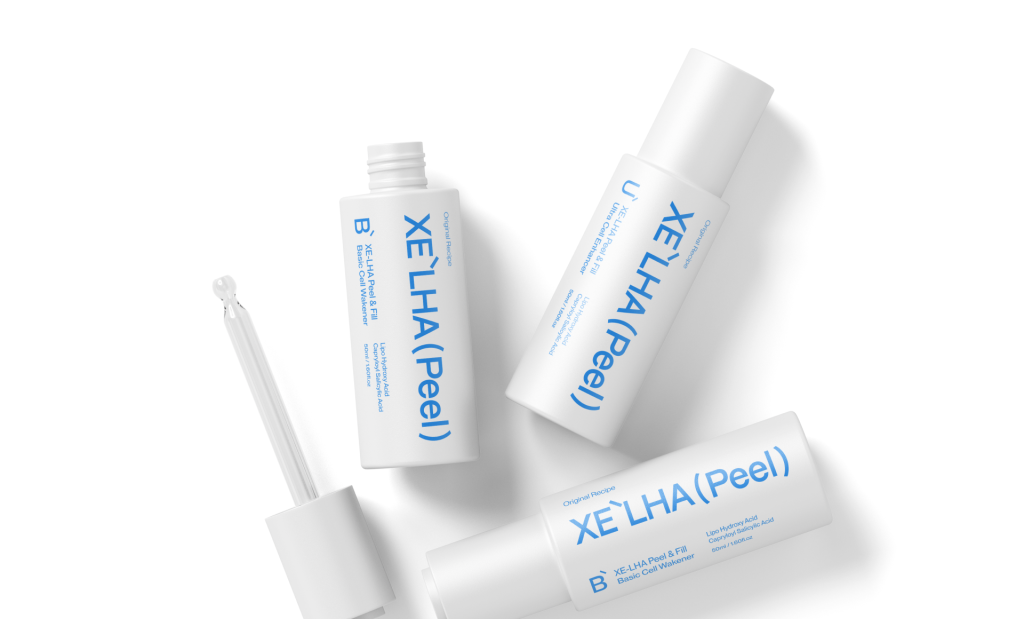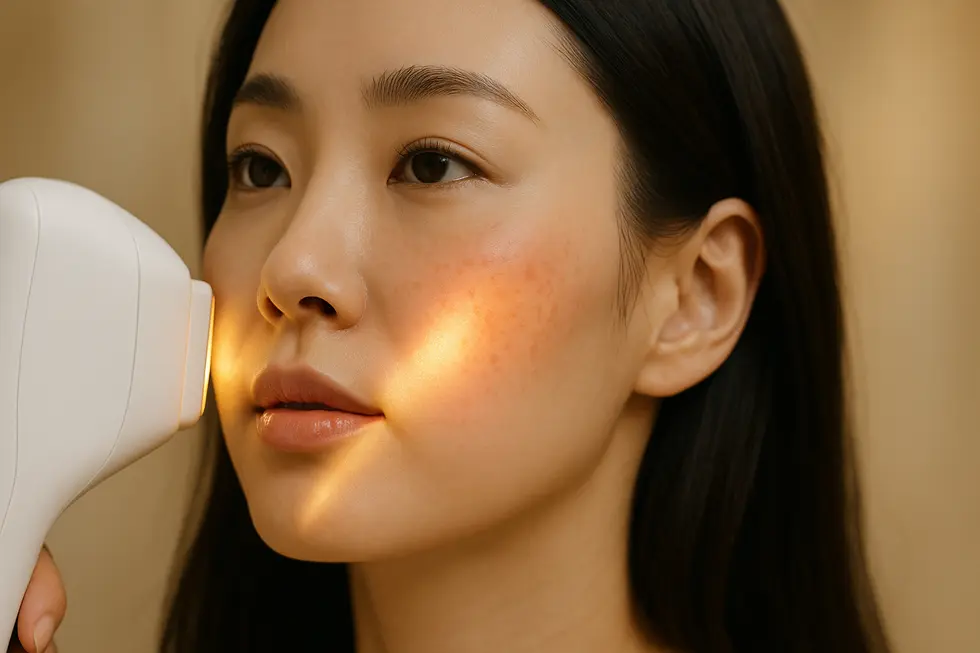
Have you ever looked in the mirror and felt defeated by those stubborn, blotchy brown patches on your face? You’ve tried creams, serums, maybe even lasers, but the melasma just keeps coming back. It’s frustrating, isn’t it? 😊 Melasma is a common skin condition that causes symmetrical brown or greyish patches, usually on the face, and honestly, it can be really challenging to treat.
While topical treatments like hydroquinone or retinoids are often the first line of defense, sometimes they don’t penetrate deep enough or aren’t effective for everyone. This is where melasma injections come into the picture. Think of them as a more targeted approach, delivering active ingredients directly into the skin layers where that pesky pigment lives. It’s about getting closer to the source of the problem.
How Do Melasma Injections Actually Work? ✨
So, what exactly is being injected, and how does it help fade those dark spots? The principle behind melasma injections is to introduce substances that can interfere with the skin’s pigment production process (called melanogenesis), reduce inflammation, or help regenerate the skin. Here are some of the common players:
- Tranexamic Acid (TXA): This is a big one in the world of melasma injections! TXA works by calming down inflammation in the skin that can trigger pigment production. It also affects certain pathways that lead to melanocyte stimulation and can reduce the tiny blood vessels often seen in melasma patches. It’s typically given via microinjections directly into the affected areas.
- Glutathione: Often called the “master antioxidant,” glutathione can help lighten skin by inhibiting the enzyme (tyrosinase) needed to make melanin. It also encourages the production of lighter pigment (pheomelanin) over darker pigment (eumelanin).
- Vitamin C (Ascorbic Acid): Another powerful antioxidant that helps protect skin from UV damage and inhibits tyrosinase, contributing to a brighter complexion.
- Platelet-Rich Plasma (PRP): This comes from your own blood! PRP contains growth factors that can help repair skin damage, reduce inflammation (a key factor in melasma), and potentially influence how pigment-producing cells behave.
- Polynucleotides (PN) / Polydeoxyribonucleotide (PDRN): These are derived from sources like salmon DNA and are great for skin healing and reducing inflammation, which can indirectly improve pigmentation issues.
By delivering these agents directly where they’re needed, the hope is to achieve a more potent and targeted effect than simply applying creams to the skin’s surface.





